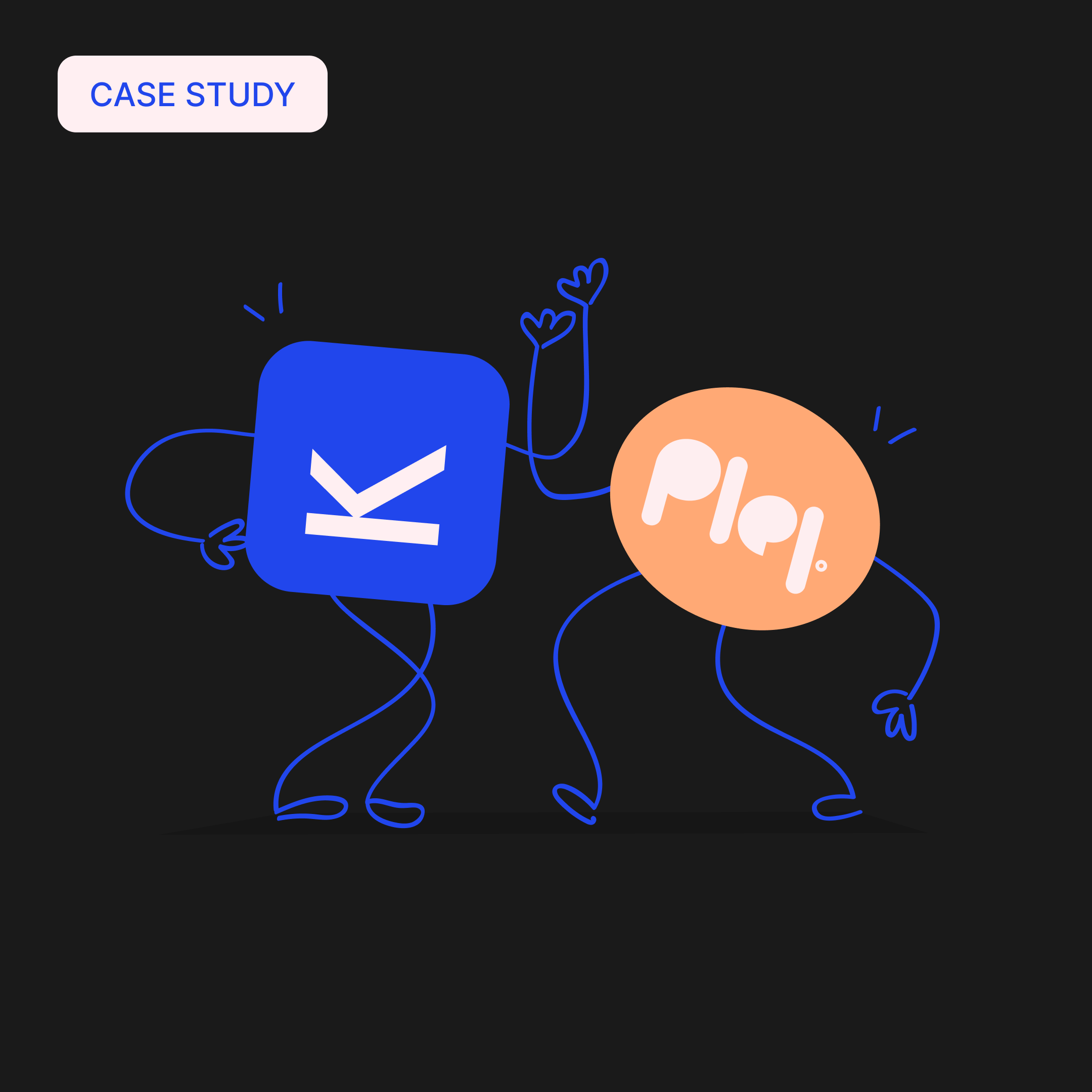Content marketing has been gaining popularity for the last couple of years. Many businesses are trying to incorporate it into their marketing strategy. But creating a lot of content on a regular basis can be tricky. Especially when you don’t have as many people on the team.
Automation can help you with content management, but where to get ideas for new content? Businesses are always on the lookout for new content, and that’s where content curation comes in.
Big and small companies alike can benefit from curated content. In this blog post, we’re going to look at what curated content means, why we think it’s important, and how content curation tools can help your social media strategy.
What does curated mean?
Curated content is content from other sources that you share on your social media platforms. It is something that corresponds with your brand and you consider it a valuable piece of information for your target audience.
Content curation means collecting, categorizing, and sharing valuable pieces of content on a specific topic. And similarly, like a curator in a museum, you can curate your own collection across social media platforms (check out more definitions of curated content here).

Advantages of curated content
If you’re creating a social media strategy, you probably already know who your target audience is and what topics are interesting for them. Now you need to start collecting and sharing relevant content that corresponds with your brand and is useful for your followers. This way, you can share some thought-provoking content and ask your audience what their opinion on the matter is.
Content curation might help you grow the network of bloggers, influencers and businesses in your field. When sharing content, always give credit to the original source. They will notice you sharing their content and might return the favour.
Content curation is especially helpful when it comes to Twitter. It is said that you should tweet at least 15 times a day for your tweets to earn some recognition. With such a large amount of content needed to be produced every day, it comes in handy to have a folder full of content with a huge sharing potential.
When deciding on what content to share with your audience, try thinking about what you would like to read in their place.
Think about whether or not you’re:
- Sharing new information
- Showing an innovative point of view
- Providing value to your audience
- Catching your audience’s attention with interesting content
- Sharing content that corresponds with your brand image
We would strongly advise you not to share articles that you haven’t read or videos that you haven’t watched yourself. Even if it’s from a source that you trust, there are a dozen of what-ifs. Sharing content only from the most reputable sources makes you look more credible and professional, which is something we’re sure you wouldn’t want to ruin by sharing content you haven’t familiarized yourself with.
If you want to establish yourself as a thought leader in your field (who doesn’t want that?), content curation can help you with that. Focus on carefully handpicking sources and stories that you’re going to share.
Curated content doesn’t mean that you have to go crazy with that retweet button… We’re living in a world surrounded by so much content that it’s difficult to make sense of all the available information anymore.
That’s why it’s necessary to choose what you post wisely. When sharing somebody else’s content, always add an excerpt from the original text. Provide context, share with your audience your own views on the matter, and comment on it. Doing so will deliver even greater value and emphasize your expertise in the field.
There are a lot of different social media rules and approaches that you can follow when thinking about how to distribute your posts equally. Each of them is supposed to ensure that the content you post is well balanced. For example, the 5:3:2 approach suggests that 50% of what you share is curated content. Next, 30% should be your own content, not just hard-sell posts. The last 20% is supposed to be a combination of fun and personal content that will lend a human face to your brand.
Whether you decide to follow a similar rule or not, it’s up to you. Either way, at least half of your content should be curated content. It never looks good when brands talk all day just about themselves…
How do you know what content is worth sharing? Well, you have to read it, of course! Even if you’re posting content that somebody else created (crediting the source, obviously), it will represent your brand and who you are, once it’s on your feed. So, even if you’re using a trusty source, always read the thing before posting it.

Collect, categorize, share!
There’s content wherever you look. But how do you know what content you want to share? Is there a way you can use the Internet to find interesting articles from your favourite sources? Of course, there is!
Before you subscribe to all the newsletters available out there, here’s what you should do:
Write down a list of all the topics that are interesting for your target audience and will bring them value. These topics should be connected to your business. Maybe try coming up with topics around your keywords. One thing is retweeting interesting content, but dumping random content all over your social media and considering that a job well done is something completely different. That’s also why it’s called “curated content” – it should be obvious that your time and thought went into it.
To stay on top of all the possible sources that you can use, you need to start collecting and categorizing the information. When you know what topics you’re going to focus on, it’s time to start the sorting process. There are many paid and free apps and tools that can help you do that efficiently.
Social media content curation tools and more – what to choose?
RSS readers are great news aggregator tools that can help you collect and categorize your future curated content. We recommend Feedly, but there are many others you can choose from based on your preferences and interests. Examples include solutions such as Panda (mainly for web designers and developers), Techmeme (for tech story enthusiasts), Metacritic (a review aggregator, including music and games), e(Science) News (mostly popular science news), and the Morning News (with various types of news to offer its readers).
Feedly offers Free and Paid plans. Of course, the Paid plans have more features but the Free plan works fine on a basic level. Whenever you need content inspiration or you’re looking for something to share with your audience, articles from your favourite blogs and websites are waiting for you. If you don’t know which blogs to follow, check out our top 50 social media blogs worth following.
Even if your business isn’t in the marketing/social media sphere, you can still find some helpful content there.
Google Alerts definitely belongs to the list of top content curation tools that businesses use with satisfaction. It lets you create a list of keywords/terms that you are interested in and will send you the results directly to your inbox. You can filter the search by country or language. You can even set how frequently you want to receive these alerts. Google Trends is an easy way to search for topics and see their popularity in different countries and regions. You’ll be able to find trending questions or the most searched terms.
Sniply is a conversion platform that can significantly improve your content curation effectiveness. It lets you add a call-to-action (CTA) to any page you link to. As a result, you can redirect users back to your content and increase your conversion rates. It’s a great tool not only for curated content but it can also really help you with link shortening if you ever need to create short, branded links to share on your Twitter or Facebook profiles. Sniply’s pricing plans start from a reasonable and affordable sounding $25 only, so you may want to check it out considering the features it offers.
Quuu, also called The House of Content, is a platform powered by Artificial Intelligence. It enables you to discover relevant curated content worth sharing on your social media and share it on auto-pilot. You can sort through the available content by using features like Discover, Discover Profiles, RSS Feeds, Reader Mode, and more. When you find something you like, simply scoop it. They have free and paid plans, with the most expensive Business Plan priced at just $15.83 per month. It would be a shame not to give it a shot.
Twitter Lists are a native feature of this platform to help creators with curated content. You can create private or public lists on which you will only see a stream of tweets from accounts that are on a given list. Others can subscribe to public lists and also receive tweets from this curated feed. Twitter also lets you see the lists your account is a part of.
Newsletters are a powerful email marketing tool that you shouldn’t forget about. In fact, 64% of small businesses use email to promote themselves. For sure, there are dozens of email newsletters that fly into your inbox every week. Probably none of us read all of the newsletters we’re subscribed to. The best thing to do here is to unsubscribe from the boring and unnecessary ones. Keep only those that bring you real value. There might be some that draw your attention towards the perfect content for curation.
Other content curation tools worth taking a look at:
- #TagBoard – an intuitive cloud production platform to create interactive live programming for any connected screen.
- Pocket – your own private corner of the web to spend quality time with great articles.
Once you find your best content curation tools and the content that is interesting and valuable for your audience, it’s time to share it. With Kontentino, you can easily schedule all your posts in advance, so you won’t need to spend time manually publishing posts every day. While preparing your curated posts in advance, make sure they’re up-to-date and topical.
Content curation at its finest
It’s all about content lately. Great content is now more important for brands than ever before. It’s not easy because there is too much information everywhere. It’s difficult to keep on top of everything, to stay up-to-date with news and share some of it with your follower base.
Curating a library full of valuable content that you can share with your audience will save you a lot of time with content creation. The content you post will become more balanced. Your audience will notice that you’re not only publishing promotional and hard-sell posts but you’re providing them with valuable content.




